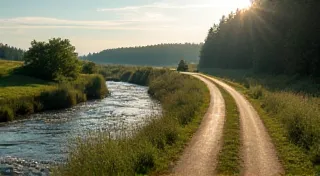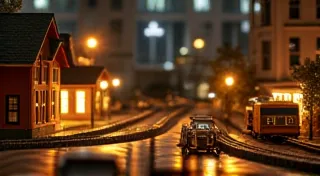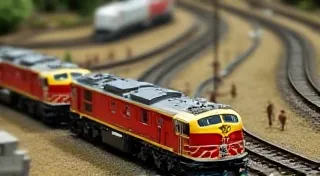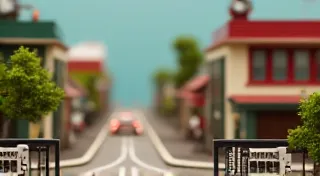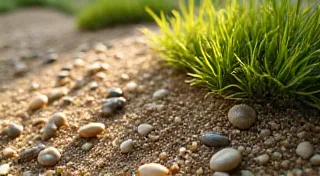Creating a Realistic Forest for Your Layout
A realistic forest is a cornerstone of any believable miniature railroad layout. It adds depth, visual interest, and contributes significantly to the overall immersion. While commercially available trees are readily available, creating your own forests, or modifying purchased trees, allows for a level of realism and customization difficult to achieve otherwise. This article explores various techniques for crafting a convincingly natural forest for your model trains.
Understanding Forest Ecology (and How to Mimic It)
Before you start gluing trees, consider how forests actually look. They aren’t uniformly dense. Think about layering: a base of shrubs and ground cover, a mid-layer of smaller trees and saplings, and a taller canopy layer. Think about species diversity; a real forest rarely consists of just one type of tree. Also, observe the effect of slope and sunlight; trees on a south-facing slope will be more exposed and potentially stunted compared to those on a shaded north-facing slope.
Materials: Beyond the Pre-Made Tree
While commercially available trees are a good starting point, expanding your material palette unlocks greater realism. Here's a breakdown of commonly used materials:
- Static Grass & Ground Cover: Essential for the forest floor. Static grass applicators help achieve a realistic, random distribution.
- Wood Slices: Thin wood slices, often from birch or poplar, can be used as trunk bases for custom trees.
- Wire: Provides structural support for branches, allowing you to create interesting shapes.
- Floral Wire: Thinner than standard wire, ideal for delicate branch structures.
- Dried Moss: Adds texture and realism to the forest floor and can be used to partially cover tree bases.
- Foam Clay: Lightweight and easy to sculpt, foam clay can be used to create rock outcroppings and uneven terrain which enhances the forest's natural appearance.
- Commercial Trees: Use as a base and customize them. Clipping branches, adding leaf splatter, and applying flocking can drastically improve their appearance.
Techniques for Tree Construction
Here are several approaches to building realistic trees:
1. The Wire-Armature Method
This is a versatile method allowing for precise control over tree shape.
- Bend wire into the desired trunk and branch structure.
- Apply white glue to the wire armature.
- Cover the glue with fine woodland basing material (sand, dirt, ground foam).
- Add leaf material, either commercially available foliage or custom-made from flocking and static grass.

2. The Wood Slice Technique
This technique provides a natural-looking trunk.
- Select a wood slice of appropriate size and shape for the desired tree.
- Glue small twigs or floral wire to the slice to create branches.
- Add leaf material as described above.
3. Modifying Commercial Trees
Often, the best approach is to enhance existing trees. Consider:
- Branch Clipping: Remove excess or unnatural-looking branches.
- Leaf Splattering: Apply diluted acrylic paint (brown, green, yellow) to simulate leaf discoloration and variation.
- Flocking: Use flocking to add texture and depth to the foliage.
- Drill Holes: Drill small holes in the tree's trunk and fill with glue and ground foam to simulate bark texture.

Creating a Realistic Forest Floor
The forest floor is as important as the trees themselves. Avoid a perfectly flat, uniformly green surface. Introduce variation:
- Undulation: Use foam clay to create uneven terrain.
- Ground Cover: Layer different types of ground cover – static grass, moss, ground foam.
- Rock Outcroppings: Use foam clay or small rocks to create rock formations.
- Leaf Litter: Sprinkle small amounts of leaf litter (available commercially) to simulate fallen leaves.
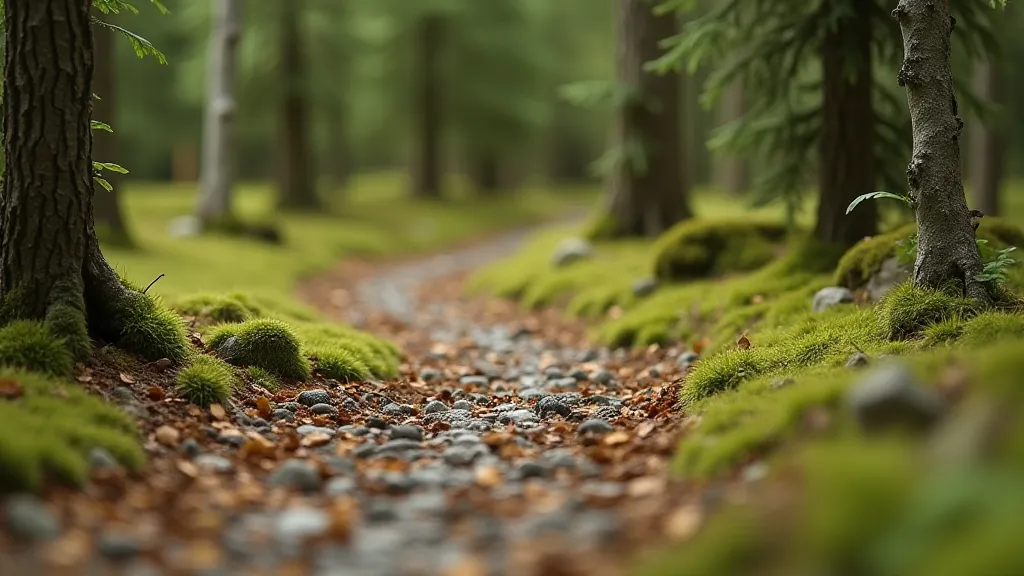
Final Touches and Tips
- Consider Scale: Ensure tree size and spacing are appropriate for the scale of your layout.
- Observe Nature: Study real-world forests for inspiration.
- Experiment: Don't be afraid to try new techniques and materials.
- Patience: Creating a realistic forest takes time and effort.
By combining these techniques and paying attention to detail, you can create a stunning and immersive forest that will enhance the realism and enjoyment of your miniature railroad layout.
